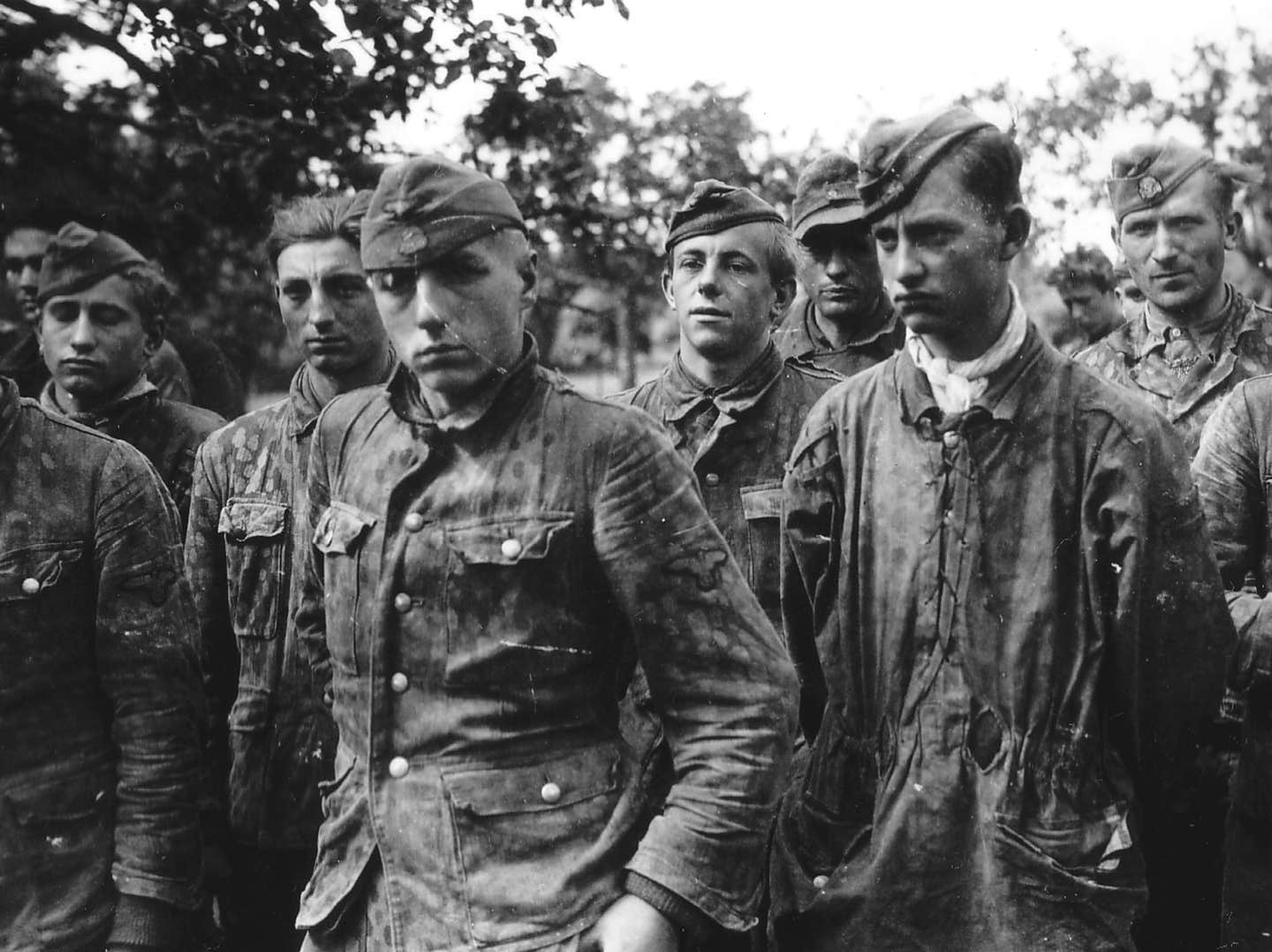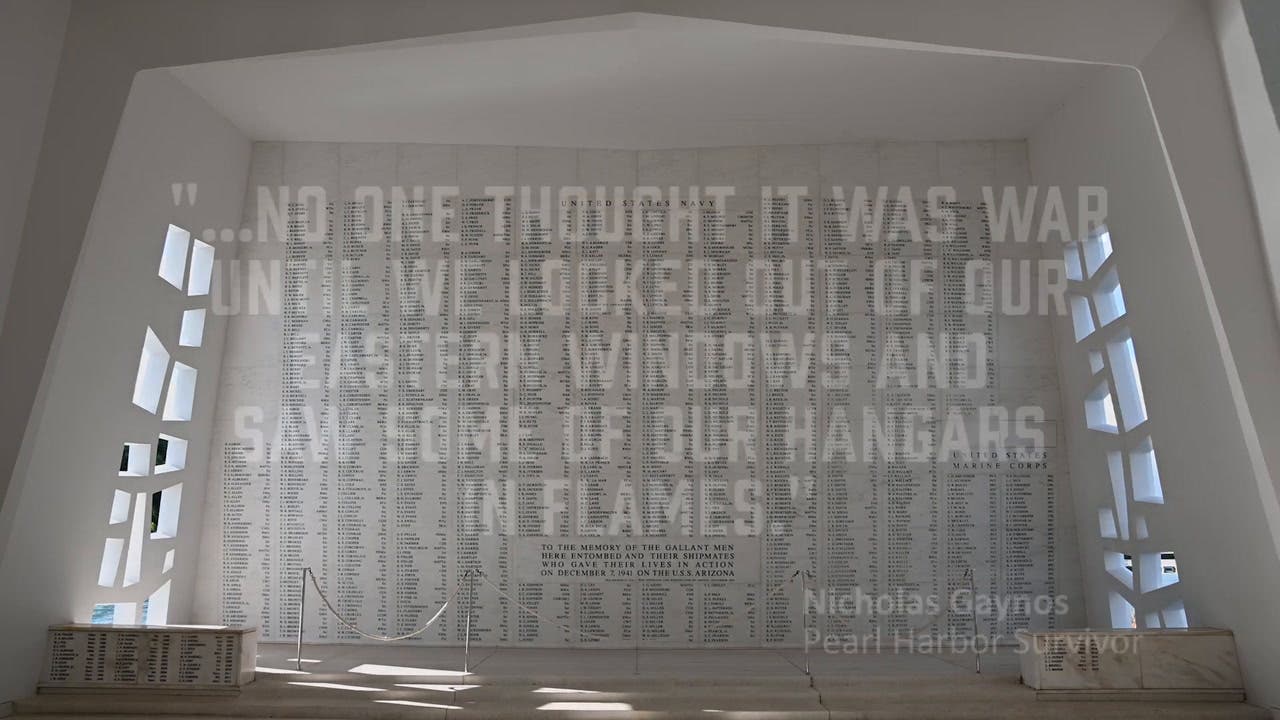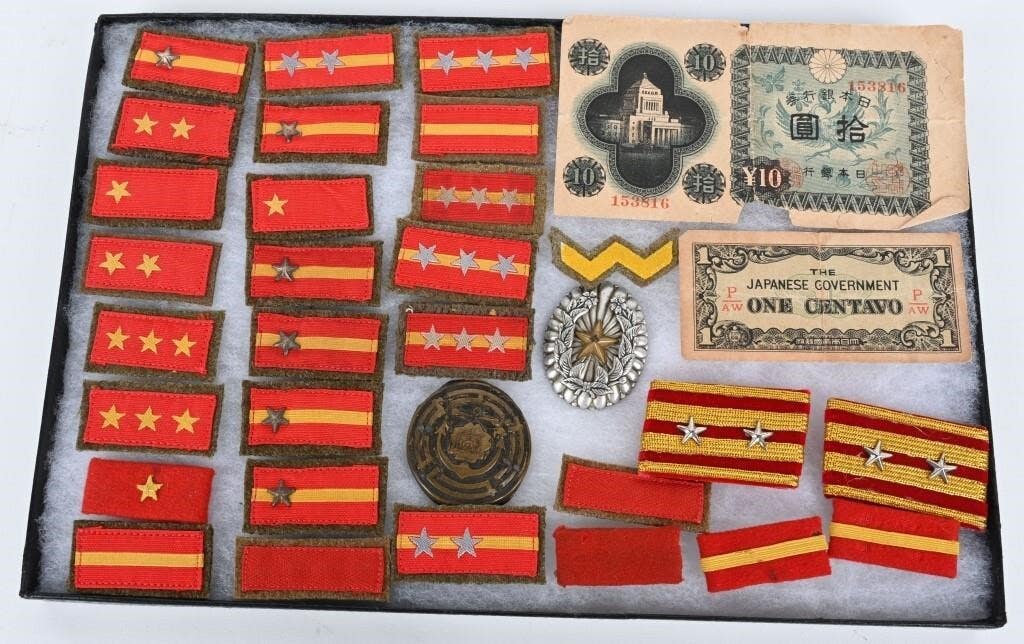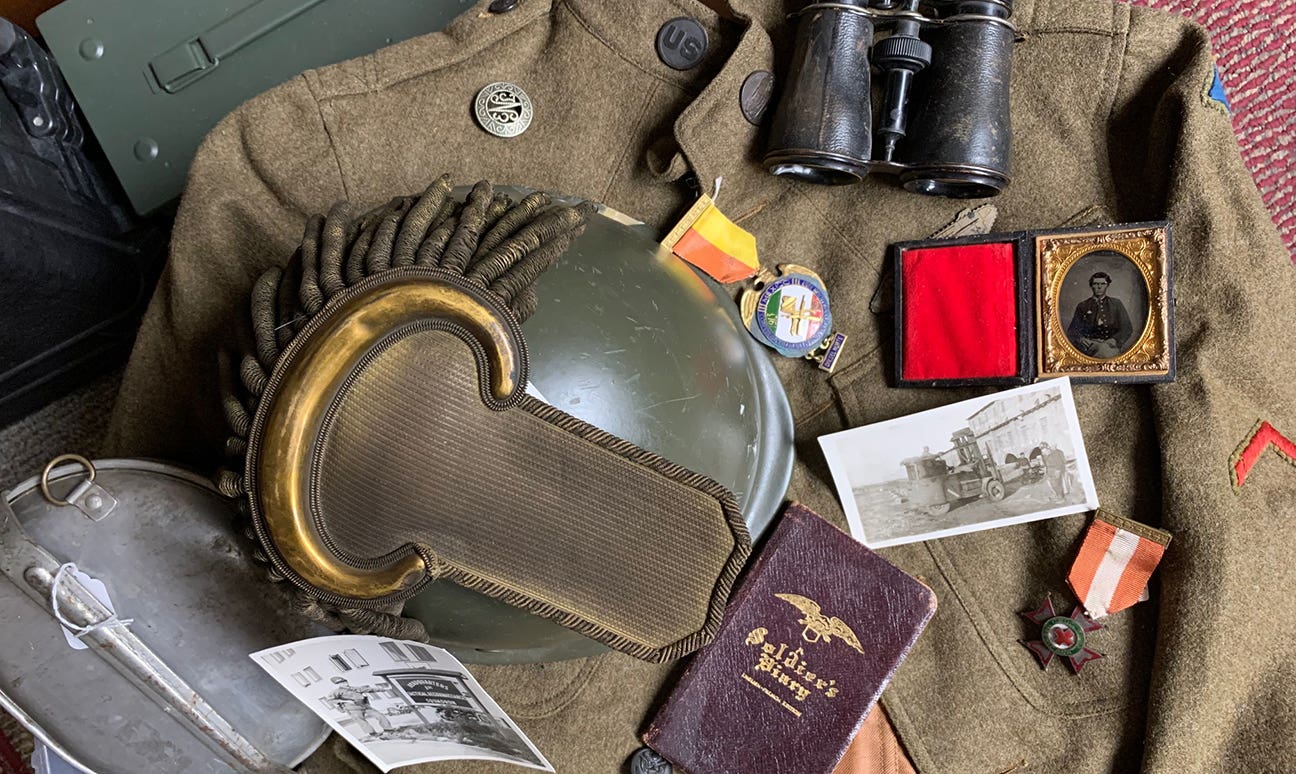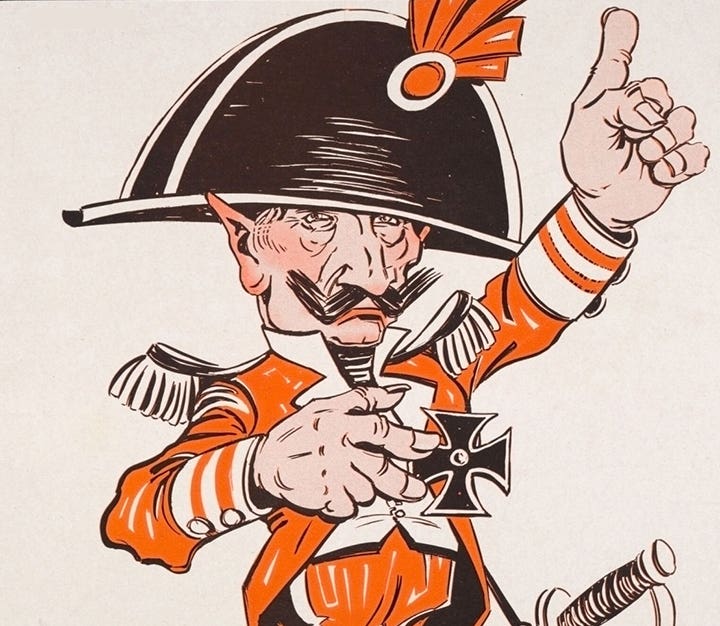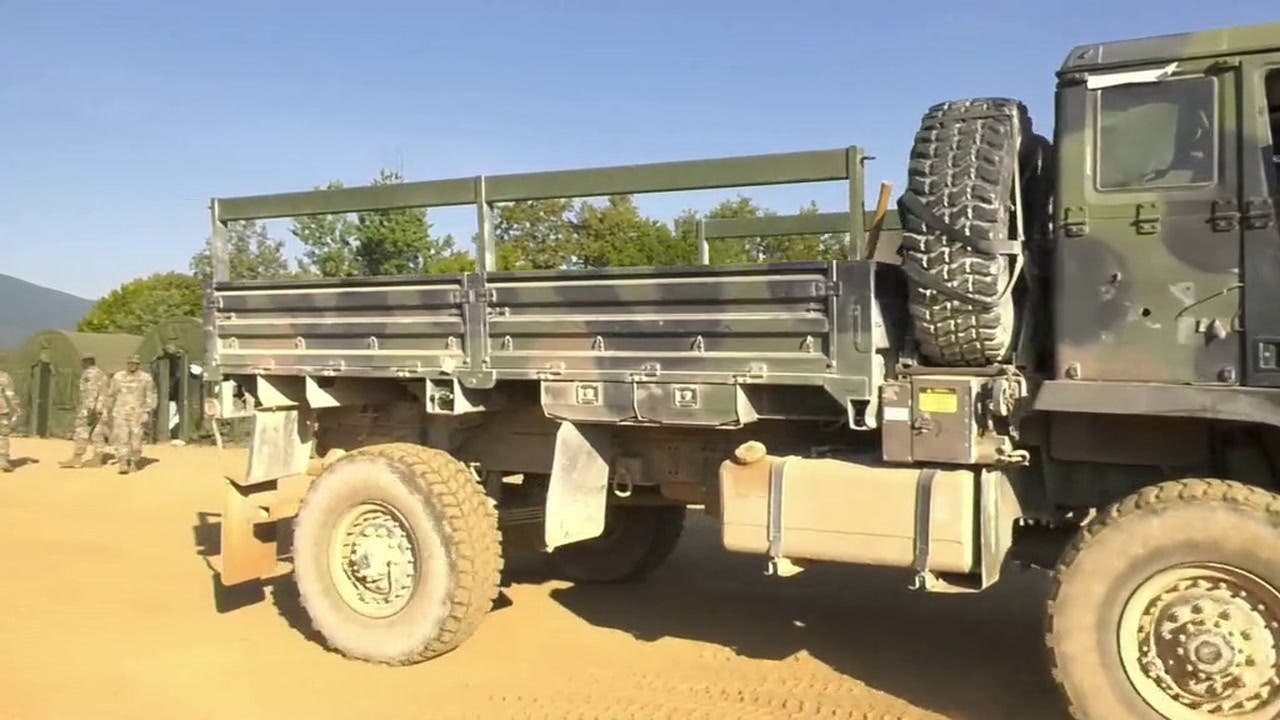Historic Military Vehicles Aren’t Just for Parades Anymore
During the recovery from Hurricane Irma in Flordia, the Federal Emergency Management Agency (FEMA) soon discovered that they did not have enough vehicles that could traverse the flooded and debris-strewn…
During the recovery from Hurricane Irma in Flordia, the Federal Emergency Management Agency (FEMA) soon discovered that they did not have enough vehicles that could traverse the flooded and debris-strewn landscape. In a stroke of genius, FEMA team members went to the internet to search for people who might have surplus 5-ton trucks or amphibious vehicles that could be used in the recovery. Their search led them to the First Florida Chapter of the Military Vehicle Preservation Association.
When First Florida’s Treasure / Secretary, Stan Kinmouth, described the group’s interaction with Fema during a disaster recovery, he surmised that this might be a “first” for the historic military vehicle community. While the group is to be applauded for their work, I explained that, over the years, I have heard of a few instances when the authorities have turned to the HMV community for assistance.
During Hurricane Sandy, members of the Military Transport Association (MTA) showed up with their trucks to help carry supplies and perform other transport duties.
Back in 2011, Hurricane Irene dumped between 8” and 12” of rain in less than 20 hours on rural Schoharie County, southwest of Albany New York. To provide a sense of scale, 43.4 billion gallons of rain fell within the Schoharie watershed during this short period.
That is the same amount of water that flows over the Niagara Falls in 2-1/2 days pouring through this narrow valley in just a matter of a few hours. Don Muller was the Emergency Management Coordinator and Fire Commissioner for the Town of Wright. One of his biggest challenges was to navigate downed power lines and large slabs of asphalt that had been tossed around like plywood. He had the volunteers to reach the people in need, but not the ability to transport. Fortunately, the year earlier, Bob had purchased a 1944 GMC CCKW “tipper.” The word went out that Bob and his team would carry whoever and whatever help was offered. The next day, Bob transported more than 30 volunteers in his CCKW to six different disaster points.
I have heard other stories about DUKW owners who have transported stranded personnel from islands, Jeep owners who have provided highway security duties, and even vehicle owners who loan their services to charitable food and toy drives. So, it occurred to me, "There is something more HMV owners can do..."
SOMETHING TO DO WITH YOUR TRUCKS
The media tells us we are moving into a generation of people who prefer “experiences” rather than accumulating stuff. Well, with clubs around the nation boasting a variety of vehicles, it would seem we are poised to provide that sense of experience!
Anyone who has a historic military vehicle has probably already been approached to display their vehicle at a school or nursing home and provide a ride for a dignitary in a parade. Some owners even allow their vehicles to be used in historical reenactments. But could there be something else we could do with our vehicles — something that might give back to our communities?
VOLUNTEER MOTOR POOL
A few years ago, a group of veterans who own historic military vehicles got together in Newport, Tennessee, to form the Five Rivers Volunteer Motor Pool. Their purpose to be available to their community and, in particular, law enforcement agencies, Tennessee National Guard, FEMA, and TEMA by providing assistance during and after emergencies. They are very clear that their goal is to assist and not be first-responders in an emergency situation.
And this is something that I discussed with First Florida’s Stan Kinmouth. He told me how, after the disaster, the MVPA chapter one of the first things they needed to do was establish a roster of members’ vehicles. Should they receive a call again from an agency that needs 5-ton trucks, amphibious vehicles, or specialty vehicles like bulldozers or mules, the club needs to know who owns what and how to get a hold of the owners.
It seems this is something more clubs could consider. By compiling a roster of available vehicles and capabilities that they could then share with the community’s disaster team, clubs could appear to be much more proactive.
From that point, a club could even expand to provide First Aid training, participate in local area disaster preparedness, and even have weekends in which certain disaster training is practiced.
An M3 half-track or a Willys Jeep may not be the cutting edge in disaster relief, but if someone needs to move some fallen trees, navigate terrain where there was once a road, or climb a grade that emergency vehicles can’t access, then a group with historic military vehicles might just be the answer for executing that rescue!
Keep ‘em rolling,
John Adams-Graf
Editor, Military Vehicles Magazine and Military Trader
John Adams-Graf ("JAG" to most) is the editor of Military Trader and Military Vehicles Magazine. He has been a military collector for his entire life. The son of a WWII veteran, his writings carry many lessons from the Greatest Generation. JAG has authored several books, including multiple editions of Warman's WWII Collectibles, Civil War Collectibles, and the Standard Catalog of Civil War Firearms. He is a passionate shooter, wood-splitter, kayaker, and WWI AEF Tank Corps collector.

